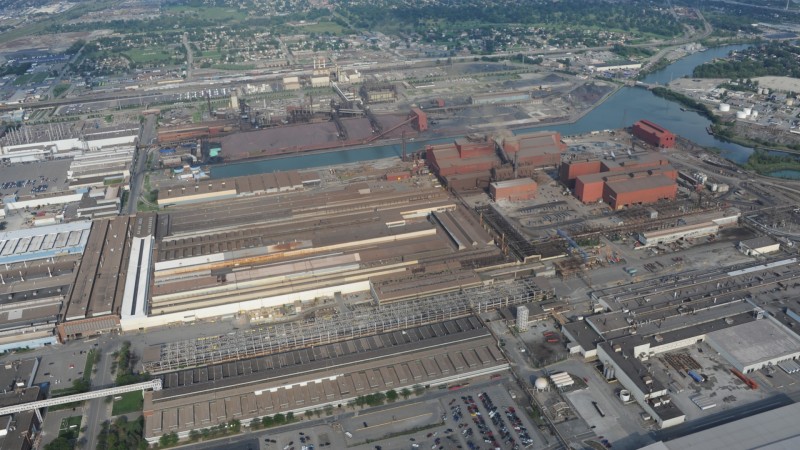
The Ford River Rouge complex was developed as the principal plant for the Ford Motor Company. It was built between 1917 and 1938, and designed for Henry Ford by Albert Kahn. Nearly 100,000 people worked here at its peak.
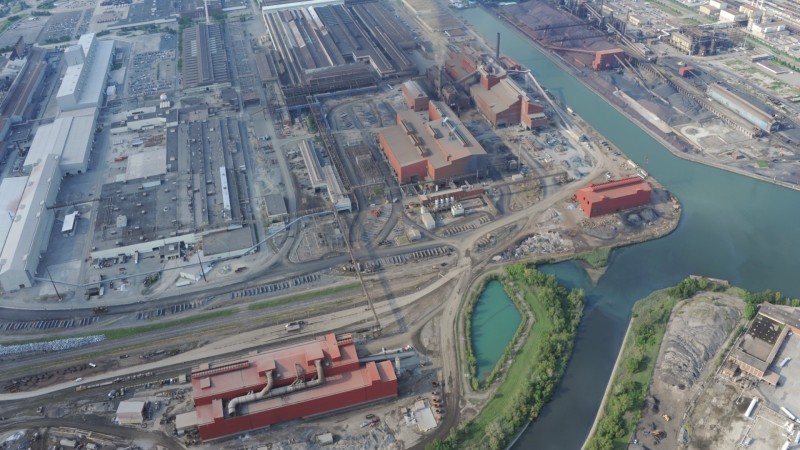
3.3 million tons of steel are still produced here, though the operation has been independent from Ford since the 1980s, and is now owned by Severstal Steel, a Russian company.

Steel production takes place on either side of the canal, while the Ford F-150 pickup truck is made at the adjacent plant.
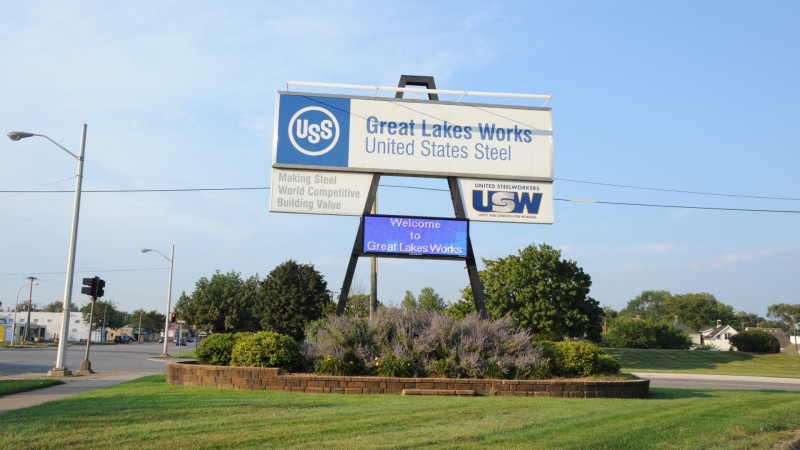
The Great Lakes Works of U.S. Steel is located on the Detroit River, two miles from River Rouge.
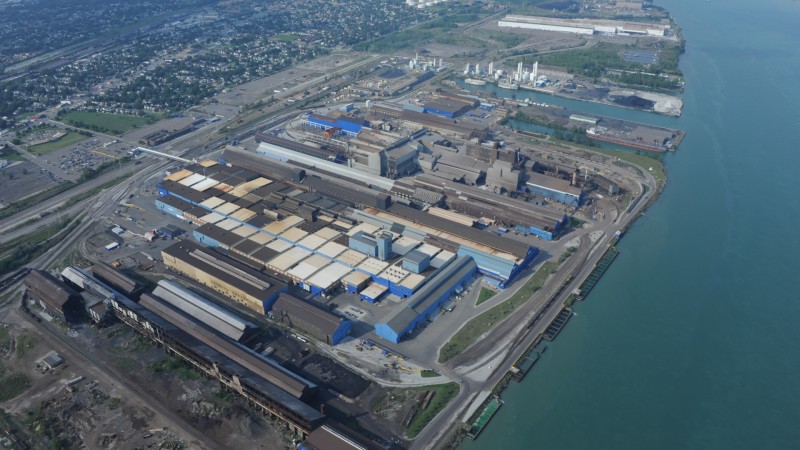
This plant also serves the automobile industry, and produces 3.8 million tons of raw steel per year.

The first mill here was built in 1929 by the National Steel Corporation.
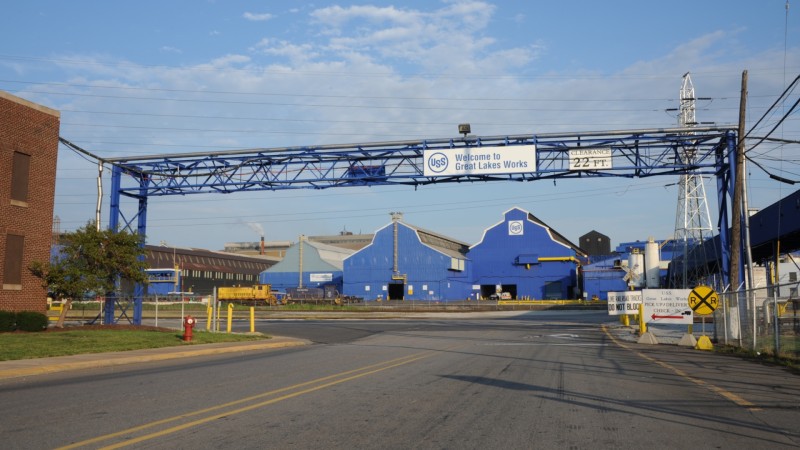
National Steel declared bankruptcy in 2002, and was bought by U.S. Steel for $850 million.
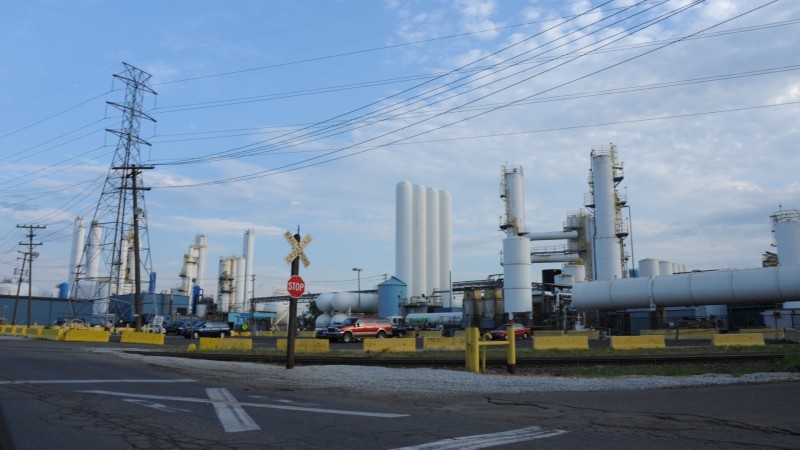
The rolling works are separated from the main plant by a marina and the Praxair company plant, which supplies industrial gases, like oxygen, nitrogen, and hydrogen, for the steel works.
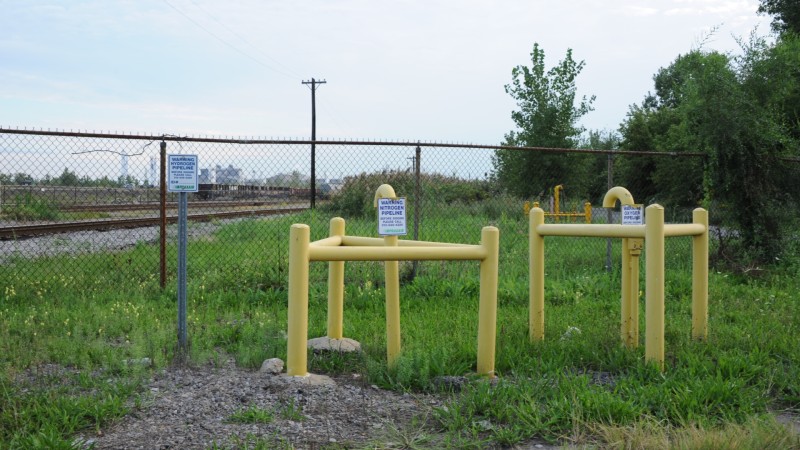
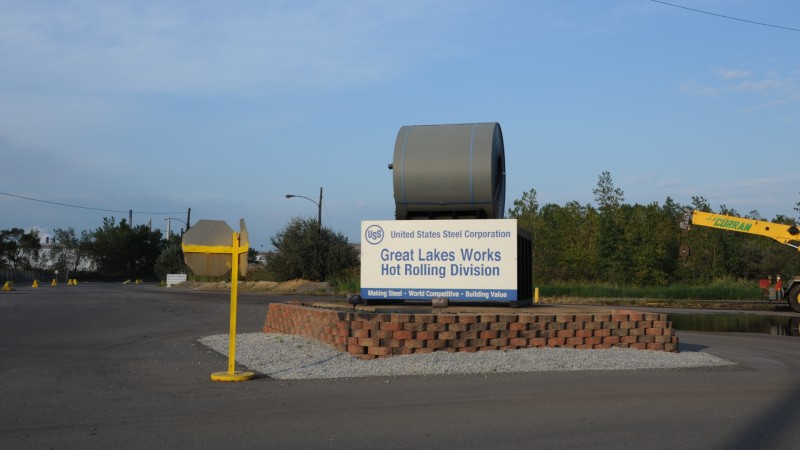

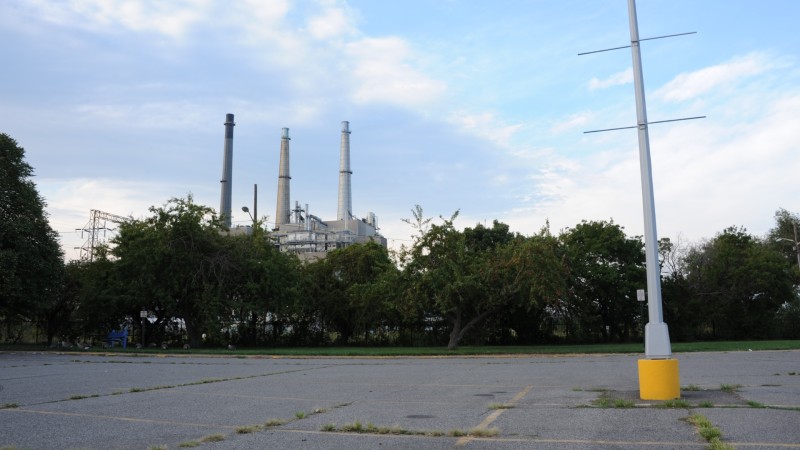
North of the rolling works is a coal-fired power plant operated by Detroit Edison.
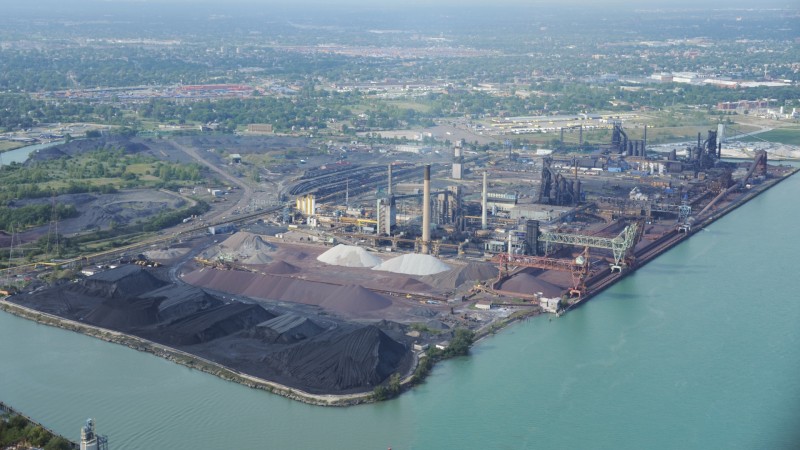
Across a channel from the power plant is another part of U.S. Steel Great Lakes Works: Zug Island, an intensely industrialized landmass.

It became an island when a canal was made to connect the Rouge River to the Detroit River in 1888.
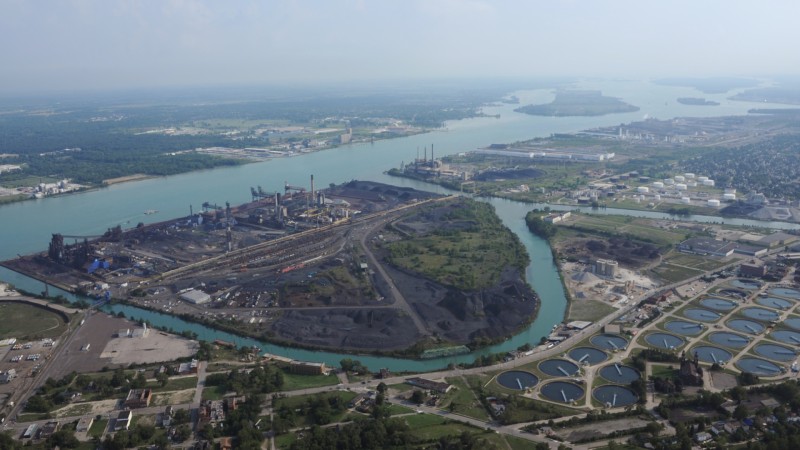
The canal was widened in the 1920s, as larger vessels needed access to Ford’s River Rouge plant.
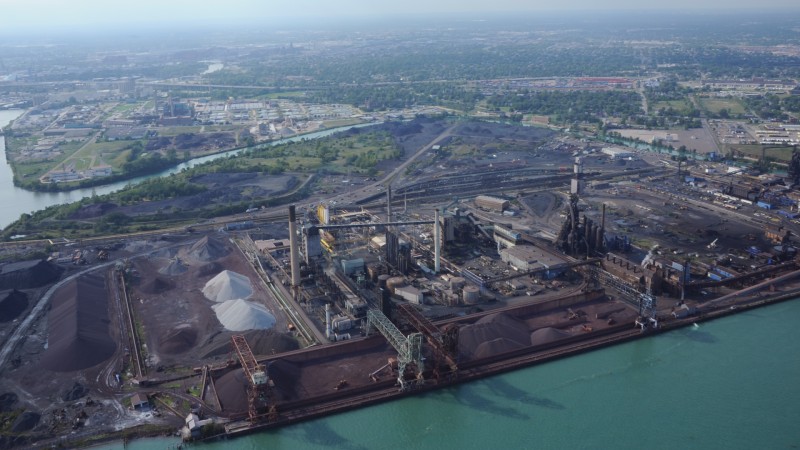
The Detroit Iron Works built the first blast furnace there in 1901 to make pig iron for the region’s foundries. More furnaces were added in 1909 and 1938.

Great Lakes Steel bought the plant in 1931, and uses its iron to make steel at the adjacent plant.
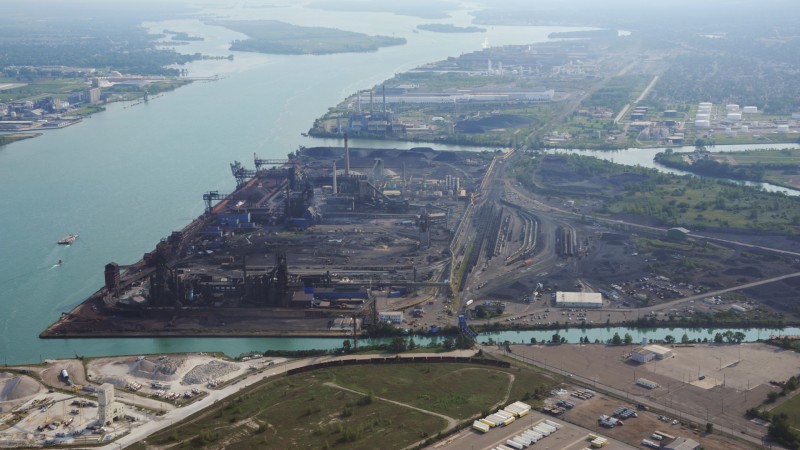
Molten iron is transported by rail via hot metal cars.
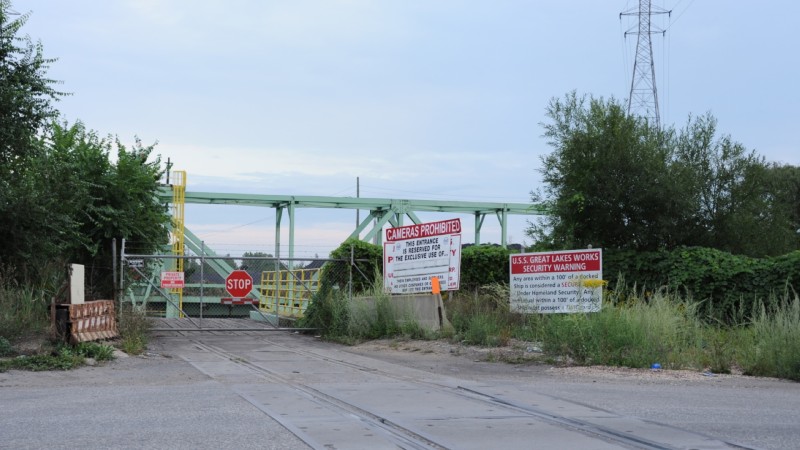
Access to Zug Island is restricted, and legends about it abound.
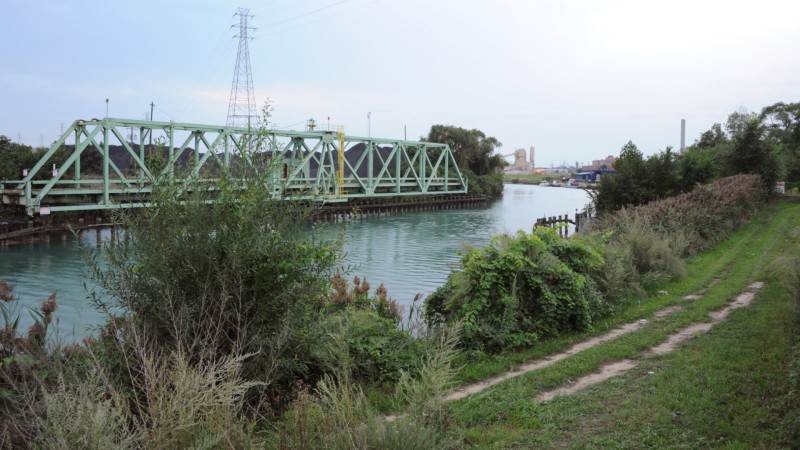
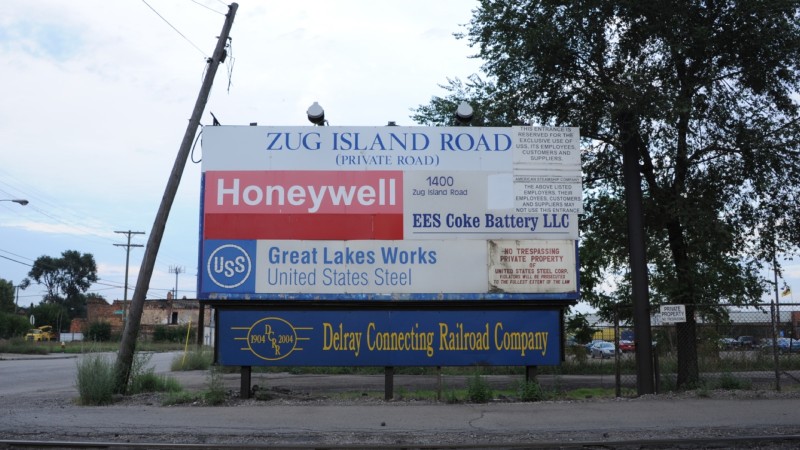
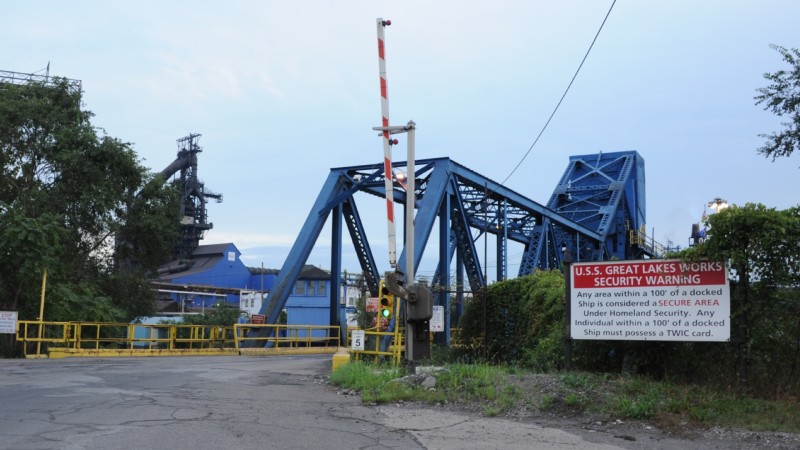

The community around Zug Island is battered and derelict, and the air is bad.
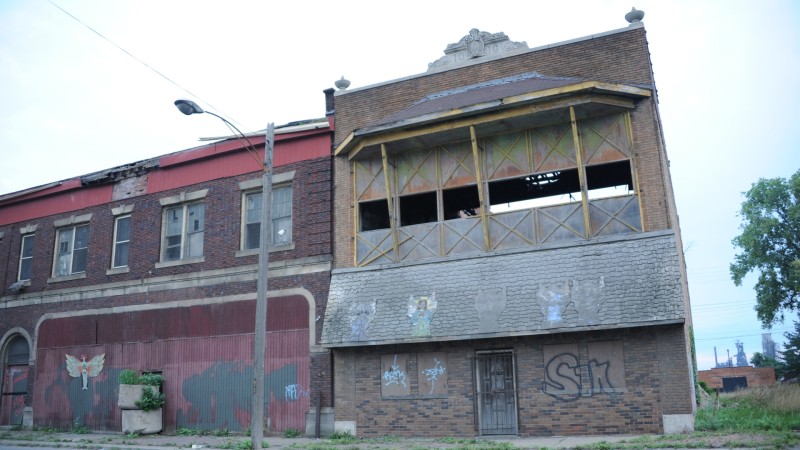
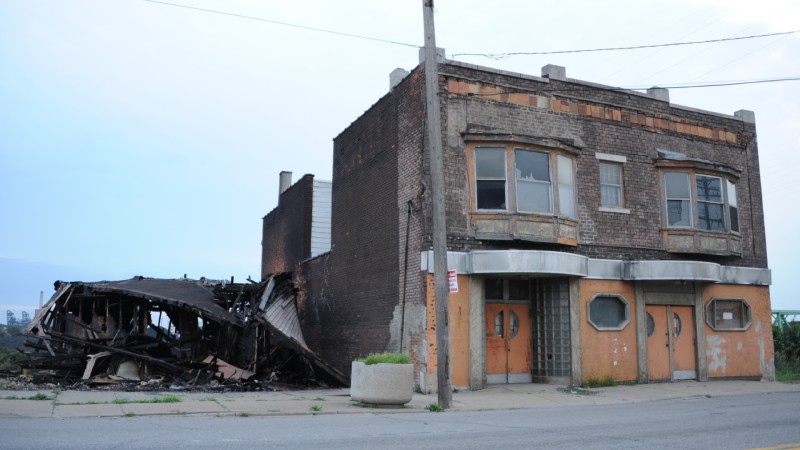
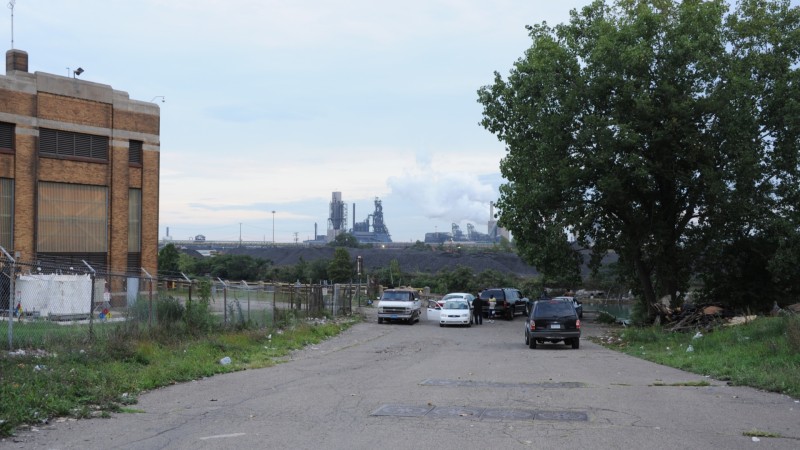
People still fish in the waters around the island, and endangered sturgeon are said to use the coal ash beds on the river bottom as spawning grounds.
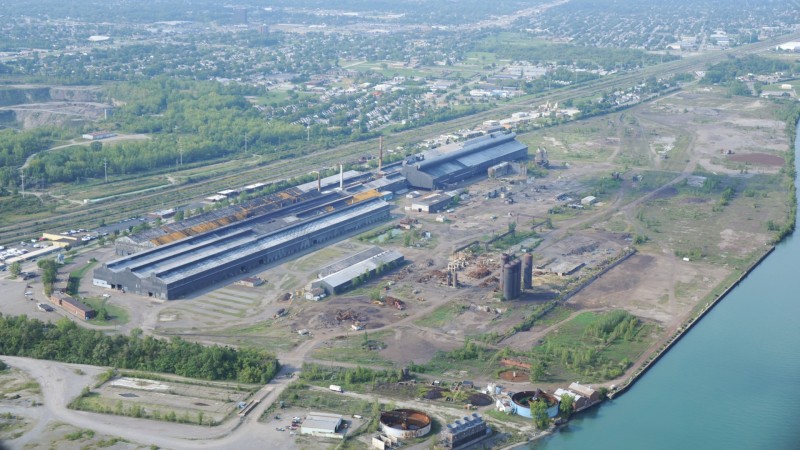
A few miles down the Detroit River from the Great Lakes Works is an abandoned integrated steel mill, McLouth Steel’s Trenton Plant.
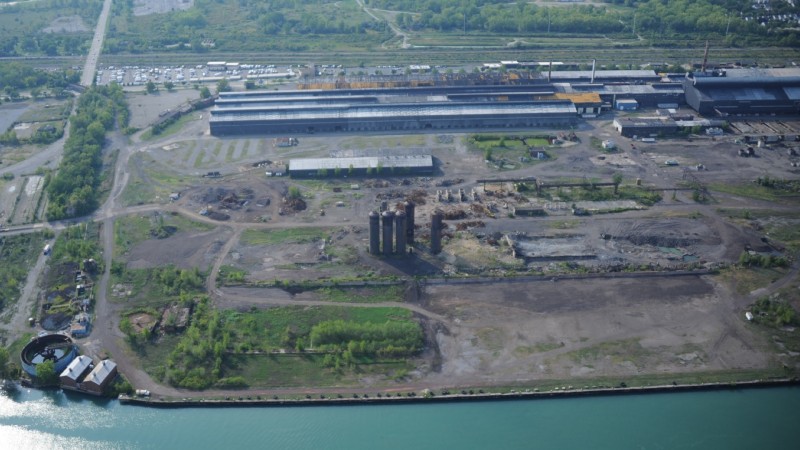
It operated from 1949 to 1996, and many of the continuous casting techniques now common in the industry were pioneered here. The plant has been abandoned, and pieces are being scrapped - turned back into steel at the Great Lake Works.
